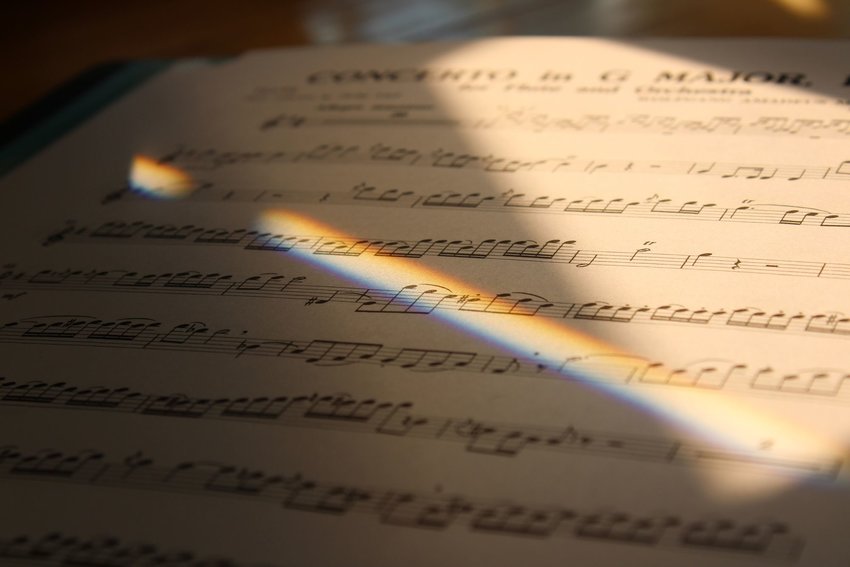The adopted language of musical instruction is Italian, so it might be appropriate to rename this article “8 Terms Only Musicians and Italians Understand.”
A romantic explanation for this could be that Italian is a musical-sounding language, and using it adds to the beauty of the compositions. The reality is that Italian is the chosen language of music because the first person to formalize musical notation was an Italian. A thousand years ago, Guido of Arezzo created something similar to the heads-and-stems note representations that we know today.
Over the next few centuries, musicians wanted to add more detail to their manuscripts. They started to include some descriptive words, electing to do so in the original manuscript language.
Here, we’re going to look at some of those words, as well as some of the English additions that came later.
Andante
This is one of many words that describe the speed or tempo that a piece should be played at. Andante refers to a walking, moderate pace. There's also adagio (slowly with great expression), allegro (fast and bright), vivace (lively and fast), lento (slowly), and several other Italian terms to dictate the exact tempo for musicians.
Largo
This gives instruction for the speed, but also the style. Literally translated, largo means wide or broad. However, in a musical context, largo relates to pacing and means the piece should be played quite slowly, with long connections between the notes.
Crescendo
Crescendo relates to the volume — or more specifically, a volume change. This is where a piece gets louder and louder for the duration of the crescendo. This word has transcended music, and is often used for the culmination of multiple events or actions. Add the prefix "de," as in decrescendo, and you have a lowering of the volume.
Downbeat
The first non-Italian word on this list, the downbeat is the first beat in a bar of music. It's often identified by the conductor with a downward motion.
Forte/Fortissimo
Forte means loud or strong. It is also used outside of music, to describe activities that people excel at. For example, “writing about musical terms is my forte.” Fortissimo is even louder or stronger than forte.
Piano/Pianissimo
You can play the instrument piano at a piano volume. In musical notation, piano is the opposite of forte — it means quiet or soft. The fantastic-sounding pianissimo is, of course, even quieter or softer than piano.
Octave
In Western music, every song uses the same 12 notes: an octave made up of seven letters and five accompanying sharps and flats. The sharps and flats make the corresponding letter note one step higher or lower, and a different combination of the sharps and flats creates different-sounding keys. A middle C and a high C are seven notes and eight steps apart — hence why the span between those notes is known as an octave. If you hear someone playing or singing scales as a warmup, they're running through octaves.
Tonic
Ready for a drink yet? No, we’re not talking about the bubbly stuff you add to your gin. The tonic is the main note in a scale or key. So, if a piece is in the key of A, then A is the tonic note, as it's the first note in the scale.

